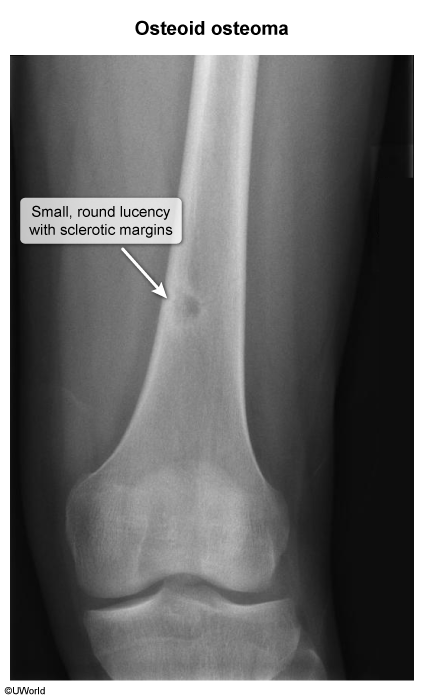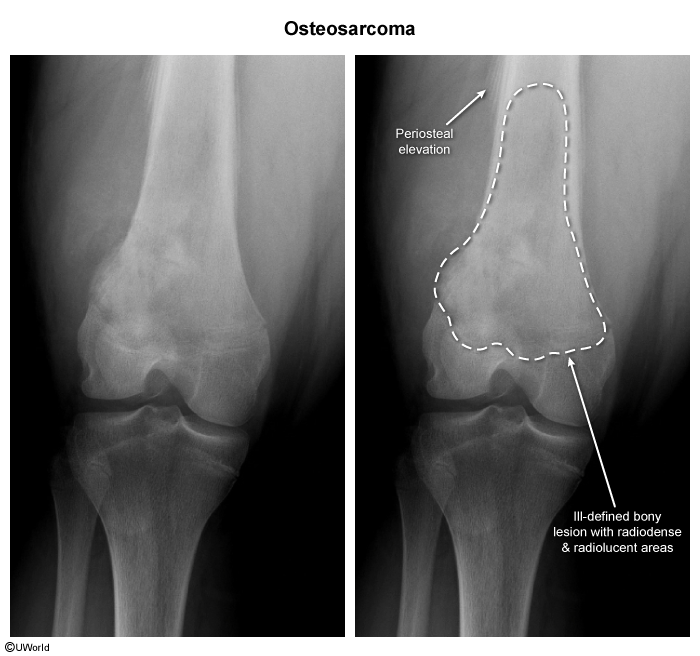Growing Pains
Article Sections
Introduction
Growing pains, also called "idiopathic nocturnal pains of childhood," are a common, benign cause of lower extremity (eg, thighs, calves) musculoskeletal pain in children. The pain classically occurs at night and is self-limited, with no limitation in function or abnormality on examination. The diagnosis is clinical, and the condition resolves by late childhood.
Etiology
Growing pains are the most common cause of intermittent musculoskeletal pain in children. There is no known underlying cause, but potential contributing factors include a genetic predisposition and overuse. Contrary to the name, the onset and location of the pain are unrelated to growth, and growing pains are sometimes referred to as "idiopathic nocturnal pains of childhood."
Clinical presentation
Growing pains are characterized by a nonprogressive aching sensation, primarily affecting the muscles of the lower extremities in children age 3-12. The pain most commonly occurs bilaterally in the thighs, calves, and/or popliteal fossae but can less commonly manifest unilaterally or involve the upper extremities; the joints are not involved.
Continue Learning with UWorld
Get the full Growing Pains article plus rich visuals, real-world cases, and in-depth insights from medical experts, all available through the UWorld Medical Library.
Images

